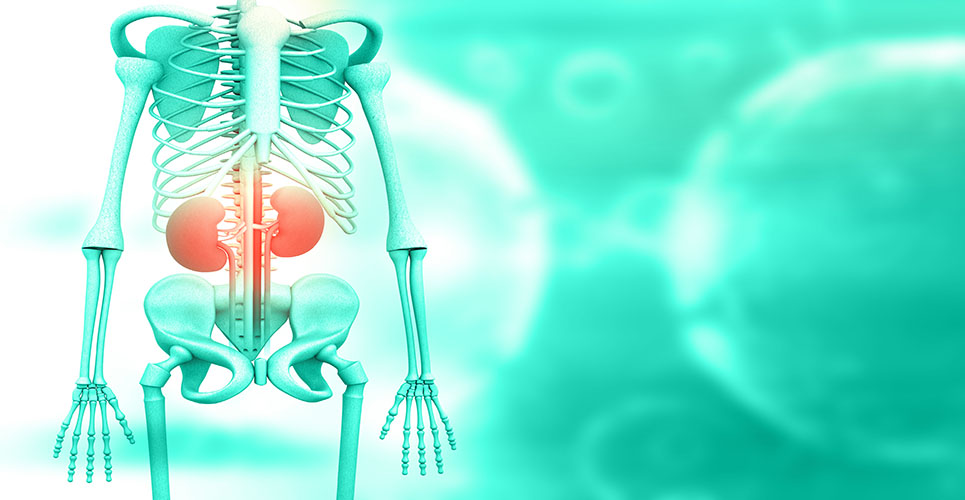teaser
Mark Reinders, PharmD, PhD
Hospital Pharmacist, Clinical Pharmacy, Atrium Medisch Centrum Parkstad, Heerlen,
The Netherlands
Gout is the collective name for several disorders that are characterised by the formation and deposition of monosodium urate (MSUr) crystals. The condition is associated with recurrent episodes of acute joint pain due to the deposition of MSUr crystals in the synovial fluid.
Also, skin/subcutaneous tissue and kidneys may be affected by tophaceous deposits, cellulitis, urate nephropathy and/or kidney stones, respectively. In most cases, no identifiable underlying cause of gout is present, but evident factors are usually present that may contribute to increases in urate (uric acid) levels, such as reduced renal function, obesity and the use of diuretics.
Hyperuricaemia may exist for several years to decades before the first symptoms of gout attacks appear, therefore it is a disease associated and correlated with ageing.1 Neglected gout with severe hyperuricaemia can result in an end-stage disease with severe joint damage and disability.
The incidence and prevalence of gout in the elderly is increasing. This appears related to improved lifespan leading to similar increases in age-related conditions, such as cardiovascular diseases, and their associated adverse effects of treatment

